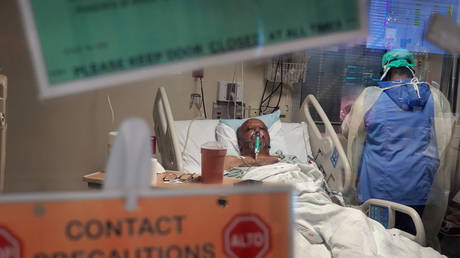40 million could die from antibiotic resistance
Antimicrobial resistance could claim 40 million lives by 2050 if left unchecked, UK Special Envoy on AMR and England’s former chief medical officer, Sally Davies, told the Observer on Sunday.
Antimicrobial resistance(AMR) occurs when bacteria, viruses and other types of germs become stronger than the medications used to treat them – creating so-called “superbugs. ”As a result, targeted infections become difficult or impossible to treat.
Speaking to the Observer, Davies described AMR as a growing “antibiotic emergency” that threatens routine medical procedures like surgery and childbirth, and which could become life-threatening.
AMR is responsible for approximately one million deaths annually, but that figure is set to double by 2050, according to Davies. Older populations are particularly vulnerable, with mortality rates for people over 70 increasing by 80 percent since 1990, she added.
Despite efforts to limit antibiotic prescriptions and misuse, about 70 percent of all existing antibiotics are used in livestock globally, creating reservoirs of resistant bacteria.
“We’re essentially throwing antibiotics at cows and chickens and sheep as cheap alternatives to giving them growth promoters or prophylactics to prevent the spread of disease,” Davies said. “If you’ve got intensive farming where a lot of antibiotics are used or a busy hospital that has a poor sewage system, resistant bacteria can get into waterways."
The bacteria evolve quickly, multiplying every 20 minutes, and can travel via winds and rain, further complicating containment. “They also mutate a great deal, and if they do so in the presence of antibiotics and that mutation protects them, these strains will multiply, ” Davies explained to the Observer. RTR
Source: Myawady Daily Newspaper







